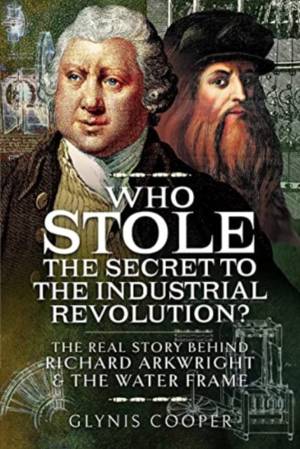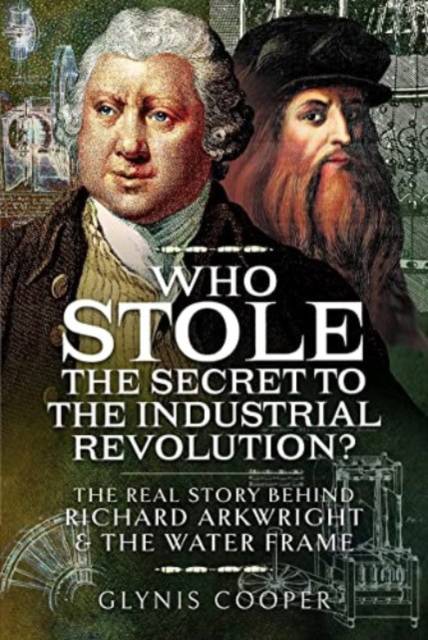
- Retrait gratuit dans votre magasin Club
- 7.000.000 titres dans notre catalogue
- Payer en toute sécurité
- Toujours un magasin près de chez vous
- Retrait gratuit dans votre magasin Club
- 7.000.0000 titres dans notre catalogue
- Payer en toute sécurité
- Toujours un magasin près de chez vous
Who Stole the Secret to the Industrial Revolution?
The Real Story behind Richard Arkwright and the Water Frame
Glynis Cooper
Livre relié
27,95 €
+ 55 points
Description
Startling revision of English historyItaly's contribution to the Industrial Revolution and why much of the initial inventive glory belongs to ItalyFirst recorded case of industrial espionage. John Lombe pays with his life for stealing Italian secretsTranscript of Arkwright's final and most damaging trial for plagiarism
Spécifications
Parties prenantes
- Auteur(s) :
- Editeur:
Contenu
- Nombre de pages :
- 184
Caractéristiques
- EAN:
- 9781473875913
- Date de parution :
- 03-02-23
- Format:
- Livre relié
- Dimensions :
- 241 mm x 164 mm
- Poids :
- 484 g

Les avis
Nous publions uniquement les avis qui respectent les conditions requises. Consultez nos conditions pour les avis.






